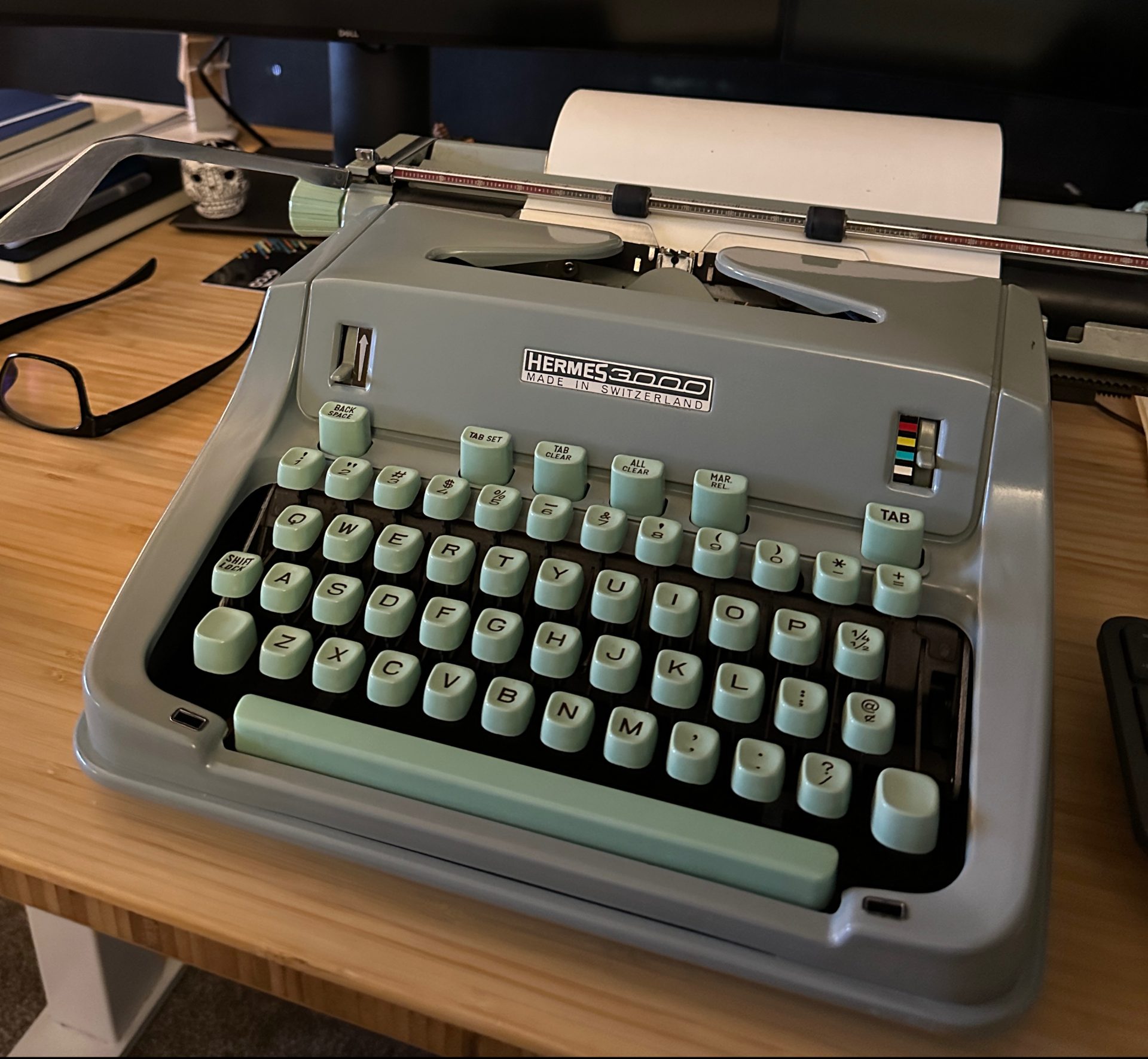The other day, a notification appeared on my phone. It was from the storage company we’d contracted just a year ago. We had recently moved within the same city, in fact, in the same neighborhood, just a mile apart. Our new place, however, didn’t have a storage unit, prompting us to rent one.
The notification informed us that our storage unit’s rent was about to increase by 50%. I immediately began searching for an alternative and found one in mere minutes. This new place was cheaper, and even better, was in a newer building with A/C and cleaner units.
Now came the task of moving our belongings from one storage unit to another. As many can attest, moving isn’t fun. Yet, I postponed the task until the end of the month. But within two days, everything was relocated to the new unit – a space that offered A/C and pleasant natural light.
During the move, I stumbled upon items I had forgotten about: a flip-phone, a film camera, and a few digital cameras. Surprisingly, it was the film camera that still worked perfectly.
There’s something about mechanical tools; they stand the test of time. Often, all they need is a bit of cleaning and they’re good as new. This longevity stems from their lack of electronic components – no batteries, charging cables, or outdated ports. When’s the last time you tried using a 10-year-old laptop or phone?
In my view, analog tools with physical buttons are also more enjoyable. Have you tried using the turn signals or AC control on a Tesla? No knobs, just digital buttons and sliders. I’m not against modern tools, but I must admit that the newer digital gadgets often don’t feel as durable or reliable as their analog counterparts. Think about the repairability of your latest gadgets. When did you last upgrade your iPhone for more storage or replace its battery without buying a new one? It’s almost impossible.
These are two items that I recently acquired, both of them are many decades old and they both work perfectly.


Now, it’s undeniable that analog tools might be less efficient than digital ones. My mirrorless camera, for instance, can autofocus and automatically adjust settings. It’s incredibly convenient. But there’s something to be said about productivity vs. enjoyment.
Being productive doesn’t always equate to enjoyment. In our quest for efficiency, we sometimes miss the beauty of the moment. With analog tools, I’m not seeking efficiency; I’m looking to immerse myself in the experience. When I write on my computer, spell-check and other tools might enhance efficiency but often break my train of thought. Writing with a pen, on the other hand, lets me flow without interruption.
I won’t be abandoning my laptop or other digital devices anytime soon. However, when the aim isn’t efficiency, analog tools offer a unique sense of joy. Using my mechanical camera, I’m forced to be deliberate with each shot, savoring the process.
Typing on my typewriter might be slower than on a computer, but seeing each character immediately imprinted on paper is uniquely satisfying. The physicality of the words makes them feel more real.
The beauty of single-purpose tools is their ability to command focus. Writing an essay on a laptop, with the entire web at our fingertips, is a task in self-discipline. Analog tools, in contrast, serve one purpose, be it taking photos or typing. They demand our complete attention.
Today’s multi-purpose tools, like smartphones, might be marvels of convenience, but they also usher in distractions. Alerts, notifications, and the allure of multitasking often pull us away from our primary task.
For me, combining analog tools with electronics enriches my experience. Analog tools demand my attention, helping to center me. There’s no anxiety about charging; you just use them.
Life is a balancing act between striving for efficiency and savoring the present. As Ralph Waldo Emerson once wrote, “We are always getting ready to live, but never living.” My goal isn’t just to enjoy every moment but to truly feel it, to be present and alive in the now.

Leave a Reply